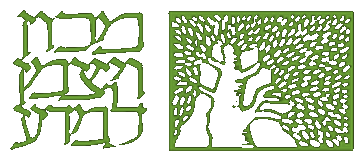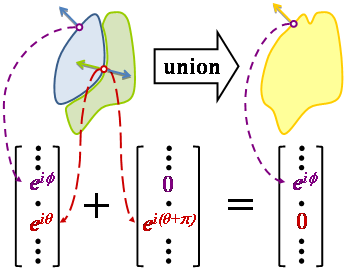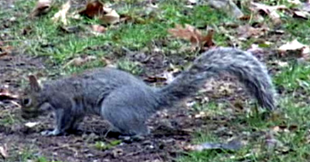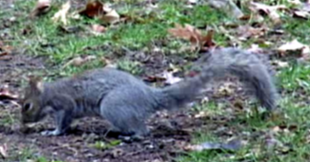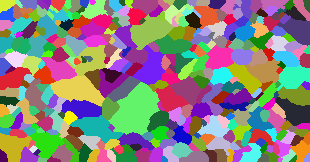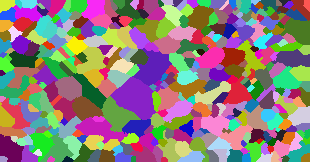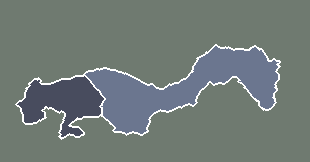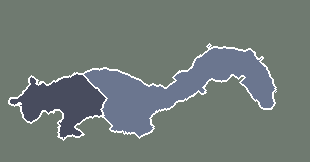Contour-Based Joint Clustering of Multiple Segmentations
Daniel Glasner*,
Shiv N. Vitaladevuni*, and Ronen
Basri
* Equal contribution authors, listed alphabetically.
Paper [PDF] [bibtex]
Supplementary Material [PDF]
Slides [PPTX]
Abstract
We present an unsupervised, shape-based method for joint clustering of multiple
image segmentations. Given two or more closely-related images, such as close frames
in a video sequence or images of the same scene taken under different lighting conditions,
our method generates a joint segmentation of the images. We introduce a novel contour-based
representation that allows us to cast the shape-based joint clustering problem as
a quadratic semi-assignment problem. Our score function is additive. We use complex-valued
affinities to assess the quality of matching the edge elements at the exterior bounding
contour of clusters, while ignoring the contributions of elements that fall in the
interior of the clusters. We further combine this contour-based score with region
information and use a linear programming relaxation to solve for the joint clusters.
We evaluate our approach on the occlusion boundary data-set of Stein et al.
Additive representation: A segment, or a union of segments, is represented by a complex-valued vector. Non-zero entries represent the angle of the normal to the edge elements along a segment's contour. The blue and green segments share a common boundary. Therefore, their representations share non-zero entries for edge elements at the common portion of the boundary. However, the normal angles at these common boundaries differ by $\pi$. As a result when the two representation vectors are added, the entries of the shared edge elements vanish. These are exactly the edge elements in the interior of the union. Consequently the resulting vector represents only those edge elements which lie along the exterior boundary of the entire union.}
Joint clustering: oversegmentations of two consecutive frames from
the `squirrel3' sequence of the
Video Dataset for Occlusion/Object Boundary Detection are generated using
a watershed transform (first and second rows). Our shape-based joint clustering
method seeks to maximize the agreement between clusters of super-pixels across images.
The result obtained by our algorithm is shown in the bottom row. Each segment is
shown with its average color and surrounded by a white outline.
